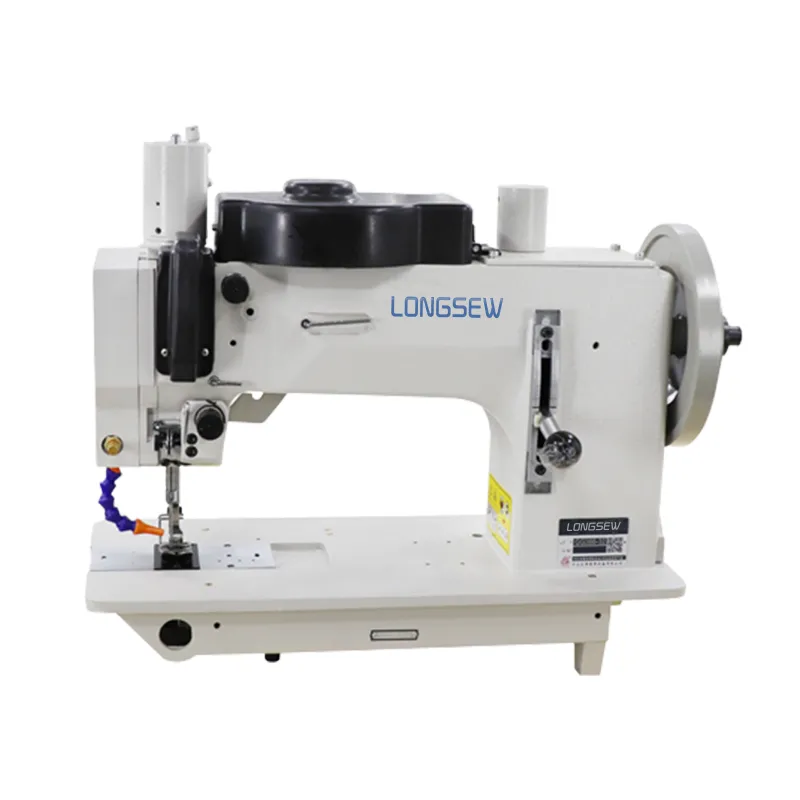sewing through leather
Sewing Through Leather A Comprehensive Guide for Beginners
Leather is a timeless material that has captivated artisans for centuries. Its durability and aesthetic appeal make it a popular choice for a variety of products, from clothing and accessories to furniture and crafts. One of the key skills in leatherworking is sewing, a technique that enables you to join pieces of leather together seamlessly. In this article, we’ll explore the basics of sewing through leather, including the materials needed, techniques, and tips to get started.
Materials Needed
Before diving into sewing, it's essential to gather the necessary materials. Here’s what you’ll need
1. Leather Choose a quality piece of leather that suits your project. Vegetable-tanned leather is a popular choice for beginners due to its workability and ability to hold shape.
2. Needles Use leather sewing needles, which have a sharp point and a larger eye to accommodate heavier thread.
3. Thread Opt for a strong, waxed thread. The wax helps the thread glide through the leather more easily and provides added strength.
4. Cutting Tools A sharp utility knife or rotary cutter can help you cut precise pieces. Additionally, a cutting mat will protect your work surface.
5. Awl An awl is a useful tool for marking holes and guiding your needle through the leather.
6. Ruler and Marking Pen A ruler ensures accurate measurements, while a marking pen allows you to make guidelines on the leather.
Techniques for Sewing Leather
sewing through leather

When sewing leather, there are a few techniques to ensure a professional finish
1. Preparing the Leather Start by cutting your leather pieces to the desired shape and size. Use a ruler to measure accurately and ensure straight lines. Mark the cutting lines with a pen, then carefully cut out the pieces.
2. Punching Holes To make sewing easier, you’ll need to create holes in the leather. Space the holes evenly, typically about 1/4 inch apart. Use an awl or a leather hole punch for this task.
3. Saddle Stitching One of the most common stitching methods used in leatherworking is the saddle stitch. This method provides strength and durability. To execute a saddle stitch, take two needles and thread them through the same hole from opposite sides. Pull the thread tight, creating a strong knot.
4. Even Tension While sewing, maintain consistent tension on the thread. This ensures that the stitches are even and helps prevent any slack that could lead to a loose seam.
5. Finishing Touches Once you finish sewing, trim any excess thread and consider applying a leather finishing product to protect your work. This can also enhance the appearance of the leather, giving it a polished look.
Tips for Success
- Practice If you’re new to sewing leather, practice on scrap pieces before tackling your main project. This will help you get comfortable with the tools and techniques.
- Take Your Time Sewing through leather can be challenging, especially for beginners. Don’t rush the process; take your time to ensure accuracy and quality.
- Be Patient Mistakes are part of the learning process. If something doesn’t go as planned, don’t be discouraged. Learn from your experience and keep improving.
In conclusion, sewing through leather is a rewarding skill that opens up a world of creative possibilities. By gathering the right materials and practicing essential techniques, you’ll be well on your way to creating beautiful leather projects. Whether you’re making a wallet, bag, or jacket, the results are bound to impress. Happy sewing!
-
Zigzag Sewing MachineNewsMay.12,2025
-
Single Needle Sewing MachineNewsMay.12,2025
-
Overlock Sewing Machine PriceNewsMay.12,2025
-
Heavy Duty Industrial Sewing MachineNewsMay.12,2025
-
FIBC Sewing MachineNewsMay.12,2025
-
Cylinder Bed Sewing MachineNewsMay.12,2025
-
Revolutionizing Sewing with CNC TechnologyNewsMar.28,2025





























